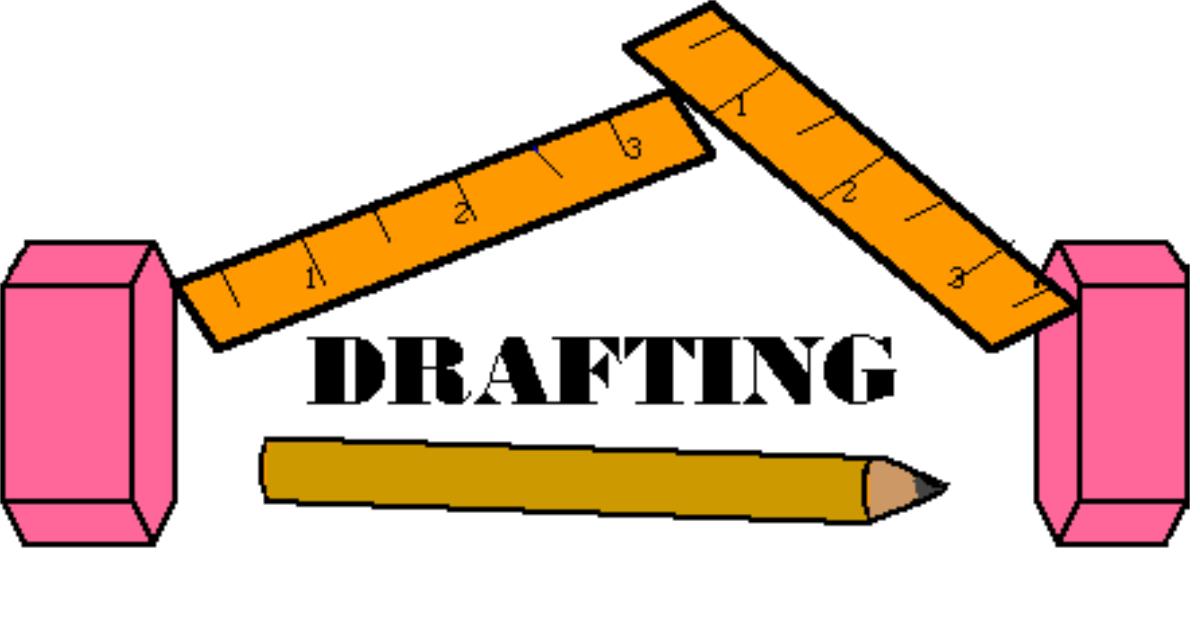Drafting Procedure Using the Process Tactic
Thinking of any writing project as a three step process involving a plan-draft-plan is very helpful. To guarantee your final drafted policies and procedures manual is operational, you should create successful drafts. How can you do so and what is procedure drafting?last updated Monday, March 25, 2024
#Procedure Drafting #Procedure Appearance
| | by John Burson |

QUICK LINKS
AD
Get access to EB 5 Visa Investment Projects
Procedure Drafting as an Activity Itself
Drafting procedures is a distinct activity of putting words on a page. It is rather different from the other stages, especially concerning seeing the writing process steps as comprising activities in which the writer participates productively procedure of a written piece.
A draft doesn’t mean that a procedure is ready for release. By having a successful draft, you have made a clear piece proposed for a reader in a suitable form. This differs from what is created in the other processes in the planning stage, like a process map, notes, free-writing, and outline. Instead of seeing these things, the user will see the document you began to create as you start the drafting process of your procedure.
It is a Rough Copy!
During the first attempt, that is, drafting the procedure, you should not be focused on creating a perfect written product. Understanding the design flow and the difference between repetition and duplication is vital. You should not be burdened and repressed by trying to create a perfect document on the first attempt. Being passionate about flawless grammar, phrasing, and structures with no mistakes will make your draft productive.
Matters of procedure appearance
If you are in business with no established procedures, those responsible for the procedures and documents system should address the issue.
Features of a Well-designed Procedure
- A suitable title block
- Right margins and balanced use of white space
- Running headers and footers comprising page numbers
- Smooth incorporation of graphics and tables
- Sections and subsections explained by clear and meaningful headers
- Think through the level of detail in your procedure
Procedures should record the primary events needed for input and output transformation purposes. However, that doesn’t mean it should reach the level of detail on a specific work instruction. Procedures should focus on executing processes, including the aims, measures, reviews, and improvement, not the operating tool. It should not be there to explain how to operate pieces of equipment. That level of detail should be placed in a work instruction or visual job assistance.
Free Consultation
Similar Pages
- Five Steps To Making Sales Through Social Media

- LinkedIn Sales Navigator, GMail & CRM: Working Together to Boost Sales

- Tools and services for B2B marketers on Social Media Marketing

- 10 Essential B2B Social Media Tools for Efficient Marketing

- B2B Social Media Marketing: Smart Ways to Generate Leads

- B2B Video Marketing: Best Practices to engage customers and improve conversion

- B2B SEO: Best Practices

- B2B Social Selling: Making a Foolproof Plan

Popular
Benefits of the EB-5 Visa Program | Guide
Search within Paperfree.com
